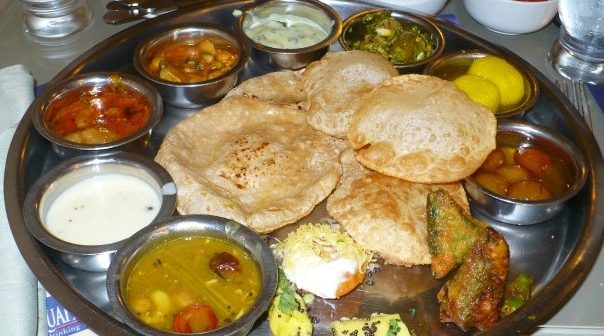Mumbai, a city celebrated for its vibrant diversity, is home to numerous cultural and culinary traditions. Among these is the unique cuisine of the East Indian community, the original inhabitants of the city, whose food traditions are now slowly fading from both dinner tables and restaurant menus. This article explores the factors contributing to this decline and the steps being taken to preserve this rich culinary heritage.
The Rich Culinary Tradition of East Indian Food
The East Indian community, with roots tracing back to the Portuguese era in the 15th and 16th centuries, has developed a cuisine that is a melange of Marathi, Portuguese, and British influences. Unlike the more widely known Goan cuisine, East Indian food is characterized by its distinct use of spices, especially the famed bottle masala, a complex blend of over 30 ingredients that is central to many of their dishes.
Staple dishes include kardi aamba (a prawn and mango curry), khuddi (a meat curry with bottle masala and potatoes), and sorpotel (a spiced pork dish). Unique preparations like tope (a mutton dish with poha) and varan (a lentil-based dish with seasonal vegetables) reflect the community’s adaptation of local ingredients with their cultural influences.
Traditionally, these dishes have been at the heart of East Indian celebrations, weddings, and even funerals, where specific dishes are prepared to honor the deceased. The food, once passed down through generations via family recipes, was guarded closely, making it a rare and treasured part of Mumbai’s culinary landscape.
Factors Leading to the Decline
However, the East Indian culinary tradition is facing significant challenges. One of the primary factors is urbanization. As Mumbai expanded, many of the gaothans (village communities) where the East Indians lived were absorbed into the city’s metropolitan sprawl. This led to the displacement of communities and a dilution of cultural practices, including traditional cooking methods.
Moreover, the younger generation of East Indians is increasingly disconnected from their heritage. Many have moved abroad or to other parts of India, leading to a break in the chain of knowledge transfer from elders. Additionally, the community’s shrinking population within Mumbai means there are fewer opportunities for these traditions to be practiced and passed on.
Modern lifestyles have also played a role. The labor-intensive nature of traditional East Indian cooking, especially the preparation of bottle masala, which involves drying, grinding, and mixing numerous spices, is a deterrent in a fast-paced urban environment. This has led to a preference for more convenient, commercially available foods over traditional home-cooked meals.
Efforts to Preserve East Indian Cuisine
Despite these challenges, there are concerted efforts to preserve and revive East Indian culinary traditions. One significant initiative is the documentation of recipes. Cookbooks like The East Indian Cookery Book, published by the Bombay East Indian Association (BEIA), are invaluable resources that compile traditional recipes and cooking techniques. These cookbooks serve not only as a cultural repository but also as a guide for the younger generation interested in reconnecting with their roots.
Community efforts, particularly during festivals and weddings, are also vital. These events provide an opportunity for the community to come together and cook traditional dishes, ensuring that at least on these occasions, the culinary heritage is practiced and enjoyed.
Moreover, there has been a push to bring East Indian food to a wider audience through restaurants and food festivals. Some restaurants in Mumbai are dedicated to serving authentic East Indian cuisine, introducing both locals and tourists to this unique culinary tradition. Additionally, food bloggers and influencers within the community are using social media platforms to showcase East Indian dishes, making the cuisine more accessible and appreciated beyond its traditional borders.
Preservation efforts also extend to the production and sale of bottle masala. Recognizing the challenges of making this spice blend at home, some East Indian families and small businesses have started producing and selling bottle masala, ensuring its continued availability and use in cooking.
Conclusion
The East Indian community of Mumbai, with its deep-rooted culinary traditions, is facing the threat of cultural erosion due to urbanization, generational shifts, and modern lifestyles. However, through documentation, community engagement, and commercial ventures, there is hope that this unique cuisine can be preserved and celebrated for generations to come.
As Mumbai continues to evolve, the story of its original inhabitants, as told through their food, must not be forgotten. The preservation of East Indian cuisine is not just about saving recipes; it’s about maintaining a vital link to the city’s rich and diverse history. By supporting local initiatives, participating in community events, and encouraging the younger generation to take an interest in their culinary heritage, there is still a chance to keep the flavors of East Indian cuisine alive on the dinner tables of Mumbai.





